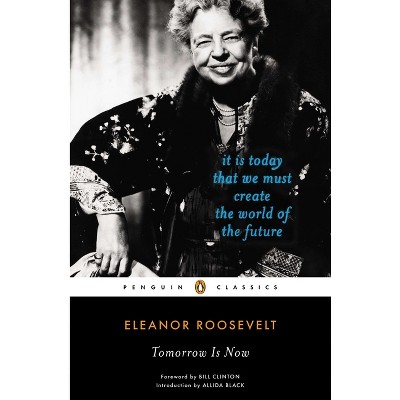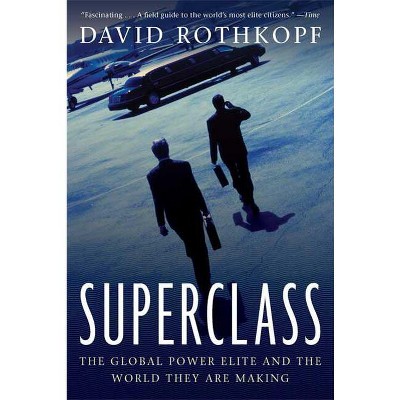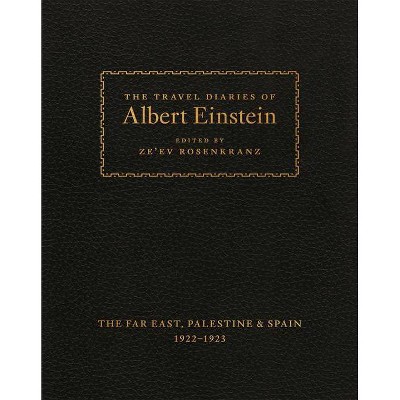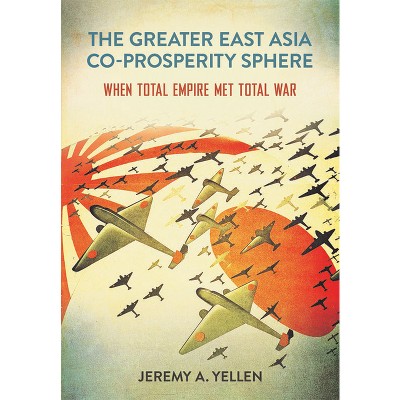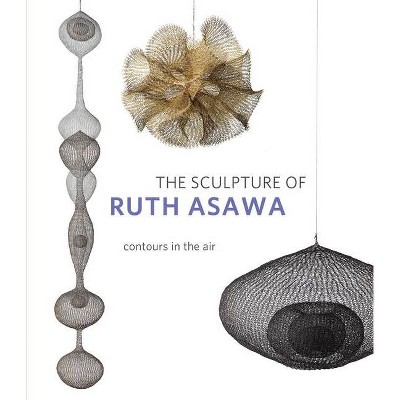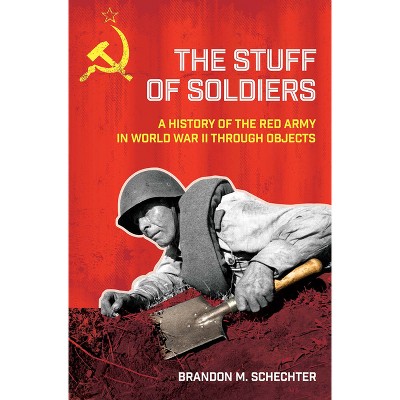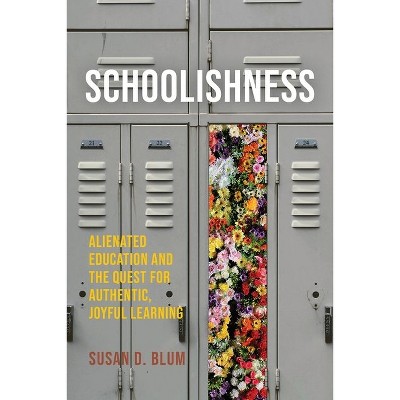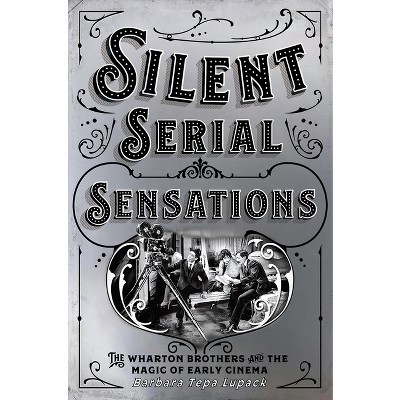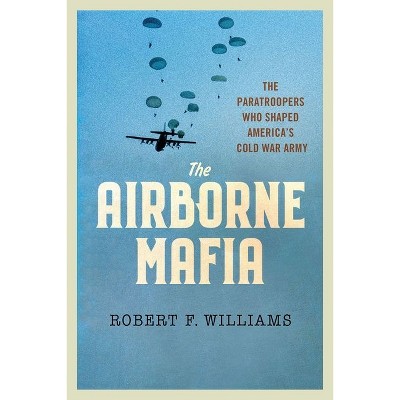Sponsored

The Greater Second World War - by Andrew N Buchanan & Ruth Lawlor (Hardcover)
In Stock
Sponsored
About this item
Highlights
- The Greater Second World War challenges the traditional temporal and geographic frameworks of World War II, expanding the timeline to include a series of regional conflicts and revolutions that began in 1931 and continued into the mid-1950s.
- About the Author: Andrew Buchanan teaches global and military history at the University of Vermont.
- 408 Pages
- History, Military
Description
About the Book
"The chapters in this book build on a growing body of scholarly literature that challenges the traditional temporal and geographic frameworks of World War II, expanding the timeline to include a series of regional wars and revolutions that precede (from 1931) and follow (to the mid 1950s) the "central paroxysm" defined by the active participation of the United States. This approach works to decenter US- and Europe-centric accounts of the war and to highlight "bottom-up" agency in ways that destabilize conventional narratives"-- Provided by publisher.Book Synopsis
The Greater Second World War challenges the traditional temporal and geographic frameworks of World War II, expanding the timeline to include a series of regional conflicts and revolutions that began in 1931 and continued into the mid-1950s. These conflicts bookended a "central paroxysm" defined by the intervention of the United States into every theater of the war, rendering it genuinely global. The essays within this volume bring top-level accounts of US, European, and Axis strategic maneuvering into conversation with social histories of "bottom-up" agency in ways that destabilize conventional narratives.
Working with novel and overlapping scales of time and space and attuned to ongoing and lively debates about the place of the nation-state in global history after 1945, the scholars featured in The Greater Second World War seek to not only describe the war's beginnings in Asia and Africa--rather than in Europe--but also trace its ends to the shatter zones of the Soviet frontier, the struggles for sovereignty in contested spaces, and the long-reaches of US imperialism well into the late twentieth century. Together, their contributions reveal how the cascading imperial and economic crises of the mid-twentieth century triggered a series of discrete local and regional struggles that took on the character of a singular, unified "world war" after the entry of the United States into every theater and almost every corner of the world.
Contributors: Marco Maria Aterrano, Th. W. Bottelier, Pablo del Hierro, Alexandre Fortes, Kelly A. Hammond, Ashley Jackson, Naina Manjrekar, David Motadel, Tejasvi Nagaraja, Martin Thomas
About the Author
Andrew Buchanan teaches global and military history at the University of Vermont. He has written extensively on World War II, including "Globalizing the Second World War" in Past & Present and articles in American Quarterly, Diplomatic History, Journal of Contemporary History, and other journals. His most recent book, From World War to Postwar, was published by Bloomsbury in 2023.
Ruth Lawlor teaches diplomatic and military history at Cornell. Her book on sexual violence and the US military justice system in World War II is forthcoming with Oxford University Press, and her writing has appeared in the Journal of Military History, Diplomatic History, and Modern American History.
Shipping details
Return details
Frequently bought together
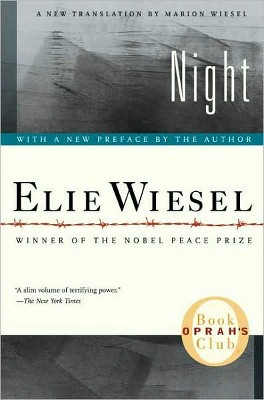

Trending Non-Fiction







